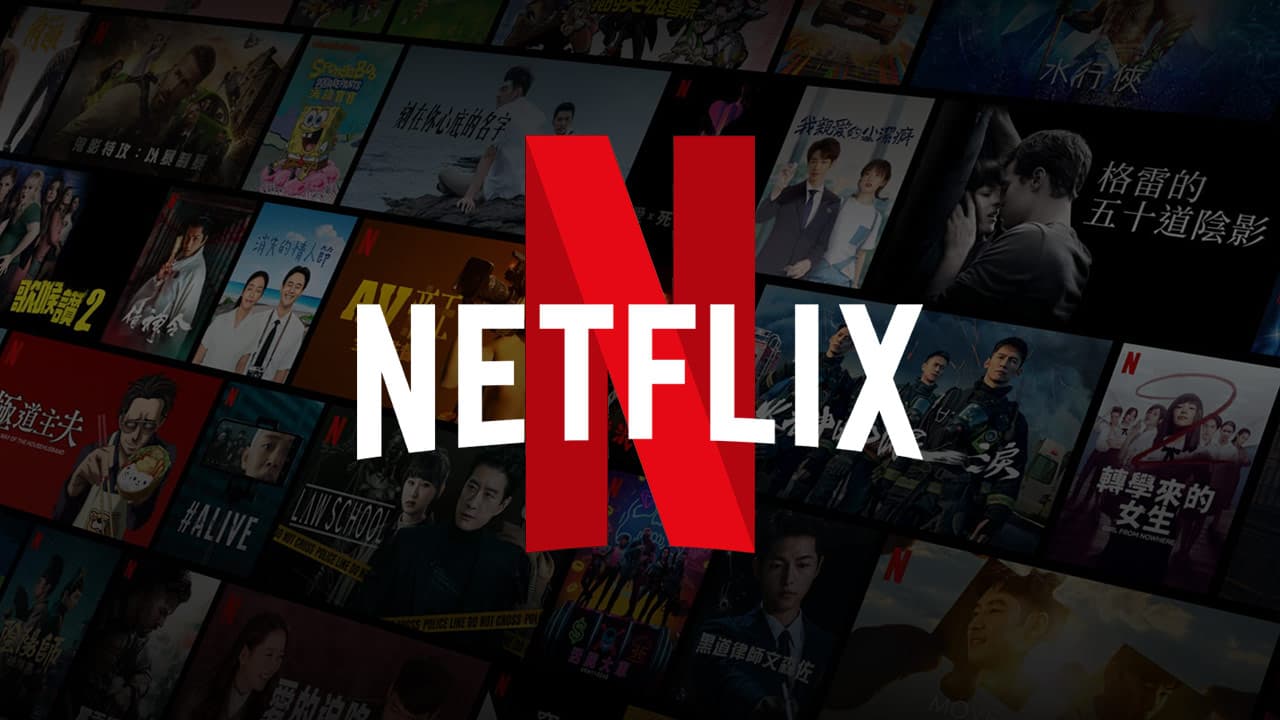In the world of business, crises are inevitable. Whether due to economic factors, changes in consumer behavior, technological innovations, or even global pandemics, every company faces challenges at some point in its journey. However, while some are unable to withstand these obstacles, others not only overcome them but emerge stronger, eventually taking the lead in their markets.
Here, we’ll explore inspiring stories of companies that overcame crises and are now recognized as global leaders in their sectors. These stories demonstrate the resilience of these organizations and offer valuable lessons on innovation, adaptability, and management during challenging times.
1. Apple: A Complete Reinvention After Collapse

Known today as one of the largest technology companies in the world, Apple wasn’t always at the top. In the 1990s, the company faced a severe crisis, both financially and in terms of brand identity. After Steve Jobs left in 1985, Apple went through a series of CEOs and product launches that were unsuccessful in the market.
In 1997, Apple was on the brink of bankruptcy. It was then that the company decided to bring Steve Jobs back as CEO. His first decision was to simplify the product line and focus on innovation. With the release of the iMac, iPod, and later the iPhone, Apple not only recovered but redefined entire industries.
Lessons from Apple:
- Disruptive innovation can turn a crisis into an opportunity.
- Focusing on core business and simplifying operations can help steer a company out of crisis.
- A visionary leader can make all the difference in a company’s recovery.
Impact of the Crisis:
Today, Apple is one of the world’s most valuable companies, leading the tech industry with constant innovations in hardware, software, and services.
2. Starbucks: Recovering from Market Saturation

Starbucks also faced a crisis in the 2000s. After rapid growth and global expansion, the company began losing focus on customer experience and product quality, resulting in declining sales and the closure of hundreds of stores.
In 2008, founder Howard Schultz returned as CEO and initiated a massive restructuring. Schultz closed over 600 underperforming stores, revised the company’s expansion strategy, and prioritized customer experience in all its stores.
Lessons from Starbucks:
- Returning to roots and reinforcing brand core values can be the key to crisis recovery.
- Growth isn’t everything; sometimes it’s necessary to slow down to adjust to the market and ensure sustainability.
- Innovation, such as the creation of Starbucks Rewards, was also crucial in regaining customer loyalty.
Impact of the Crisis:
Today, Starbucks is a global leader in the coffee shop sector, with thousands of stores worldwide and a highly loyal customer base.
3. LEGO: From Near Bankruptcy to Toy Market Leadership

In the early 2000s, LEGO was on the verge of bankruptcy. The company, synonymous with creativity and building blocks for decades, struggled to adapt quickly to the digital world and faced challenges with excessive products and licensing.
In 2004, CEO Jørgen Vig Knudstorp took the helm and implemented radical changes. He streamlined LEGO’s product portfolio, eliminating lines that didn’t align with the company’s core business, and invested heavily in digital expansion, including video games and films.
Lessons from LEGO:
- Focusing on what the company does best and eliminating distractions can be crucial to recovery.
- Innovation and adaptation to the digital world allowed LEGO to expand its audience beyond the traditional toy market.
- Listening to customers and working with them is an effective way to revitalize the brand.
Impact of the Crisis:
Today, LEGO is once again a giant in the global toy market, with a strong presence in film and video game industries.
4. Netflix: From DVD Rental to Streaming King

Netflix began as a DVD rental service that mailed movies. In the early 2000s, the company faced a major crisis with the rise of physical rental stores like Blockbuster and the emergence of new entertainment services. However, instead of sticking to the traditional model, Netflix reinvented itself.
Under the leadership of Reed Hastings, the company invested in streaming technology and introduced a subscription model that allowed users to watch movies and series online. This move transformed the entertainment industry entirely.
Lessons from Netflix:
- Having the courage to change the business model to adapt to new consumer demands is crucial for survival and growth.
- Investing in technology and providing convenience to customers can create a lasting competitive advantage.
- Original content creation (Netflix Originals) helped the company stand out from the competition.
Impact of the Crisis:
Today, Netflix is a global leader in the streaming sector, with over 200 million subscribers worldwide and a significant influence in the entertainment industry.
5. IBM: From Hardware to Solutions and Services

In the 1990s, IBM faced a severe crisis due to changing technological demands. Known for its mainframes and hardware solutions, IBM saw its relevance decline as the market shifted to personal computers and software solutions.
With Lou Gerstner’s leadership, IBM underwent a radical transformation, shifting its focus from hardware to consulting, software, and IT services. This pivot allowed the company to reposition itself as a leader in corporate technology solutions.
Lessons from IBM:
- Identifying market changes and adjusting the business model is essential for longevity.
- Focusing on services and tailored solutions can offer higher margins and better meet customer needs.
- Internal restructuring and changes in organizational culture were crucial for IBM’s transformation.
Impact of the Crisis:
Today, IBM is one of the largest IT service providers globally, with a strong presence in artificial intelligence, cloud computing, and corporate solutions.
6. Ford: Surviving the 2008 Financial Crisis

During the global financial crisis of 2008, Ford was one of the only major American automakers that managed to avoid bankruptcy without government bailout. Under Alan Mulally’s leadership, Ford implemented a restructuring plan that included cost-cutting, debt renegotiation, and the sale of non-essential assets.
Additionally, Ford focused on innovation, prioritizing fuel-efficient vehicles and adopting new technologies in its cars.
Lessons from Ford:
- Effective leadership during crises can make all the difference in a company’s survival.
- Strategically cutting costs without compromising product quality is essential for financial recovery.
- Innovation, especially in sustainability and automotive technology, is a differentiator to remain relevant in the market.
Impact of the Crisis:
Today, Ford remains one of the largest car manufacturers globally, investing heavily in electric vehicles and connectivity.
The stories of these companies that overcame crises serve as powerful examples of resilience, innovation, and adaptability. They show that instead of seeing crises as insurmountable obstacles, it is possible to use them as opportunities to reinvent, grow, and lead in the market.
Key to Survival and Success in Difficult Times
The key to surviving and thriving during tough times is the ability to innovate, the flexibility to adjust the business model, and the commitment to excellence. Companies that can make these changes not only survive crises but emerge as leaders in their sectors.
Frequently Asked Questions (FAQ)
- What is business resilience?
Business resilience refers to a company’s ability to adapt and recover from crises or adverse changes, ensuring business continuity and growth. - What are the main strategies to overcome a business crisis?
Key strategies include innovation, financial restructuring, business model adjustment, cost-cutting, and focusing on customer needs. - How does innovation help companies overcome crises?
Innovation allows companies to adapt to market changes, offer new products and services, and find more efficient ways of operating, which can be crucial during and after a crisis. - How does leadership impact a company’s recovery from a crisis?
Strong leadership can guide the company through tough decisions, keep the team motivated, and implement strategic changes that ensure long-term survival and growth. - What is an example of a company that reinvented itself during a crisis?
Netflix is an excellent example. It started as a DVD rental company and, by adopting streaming, completely reinvented itself and became a leader in the digital entertainment sector.




